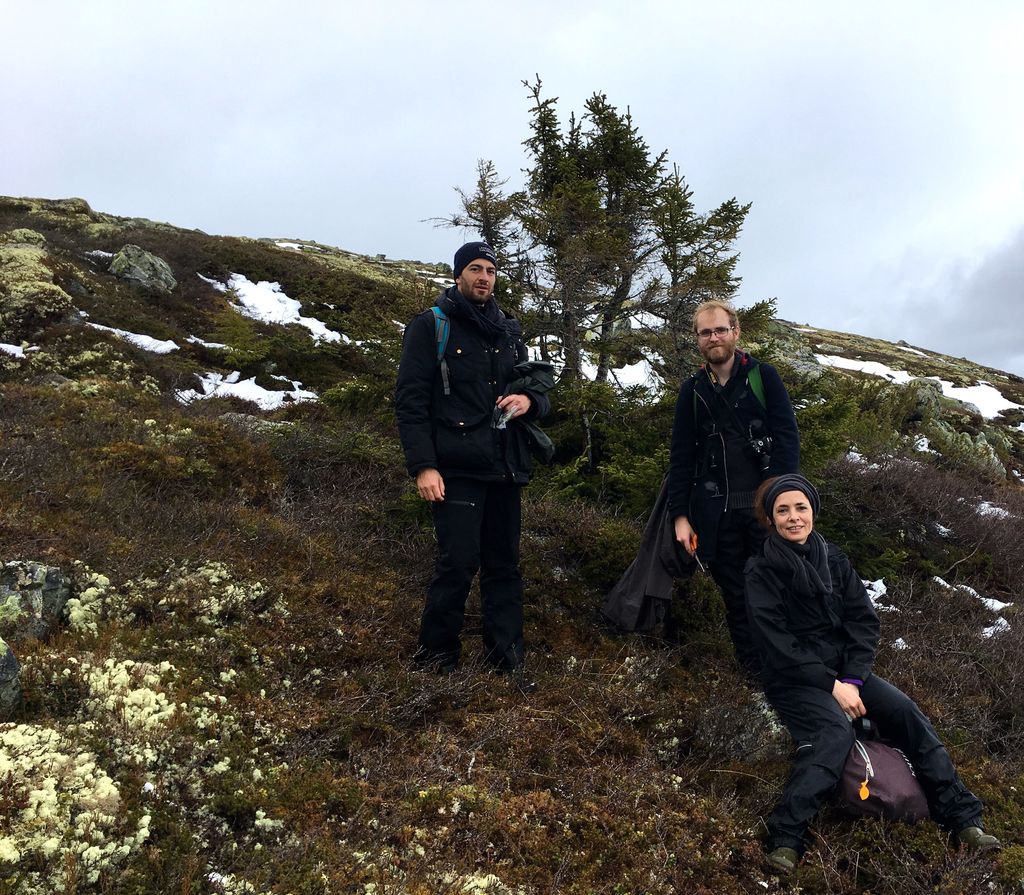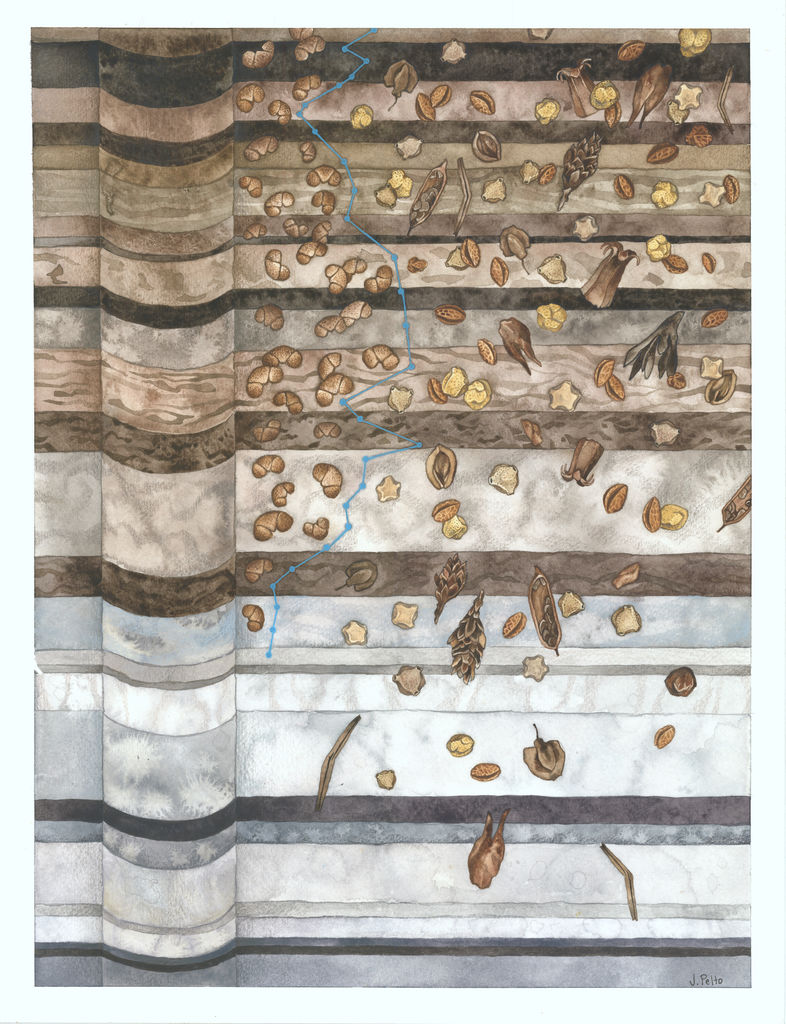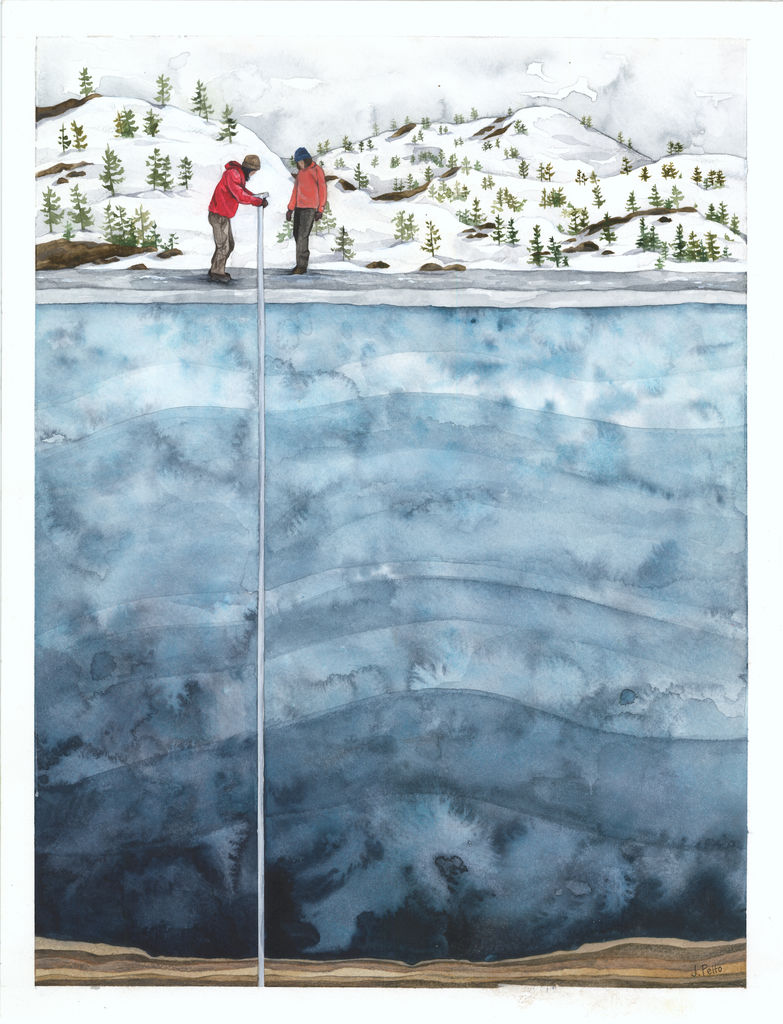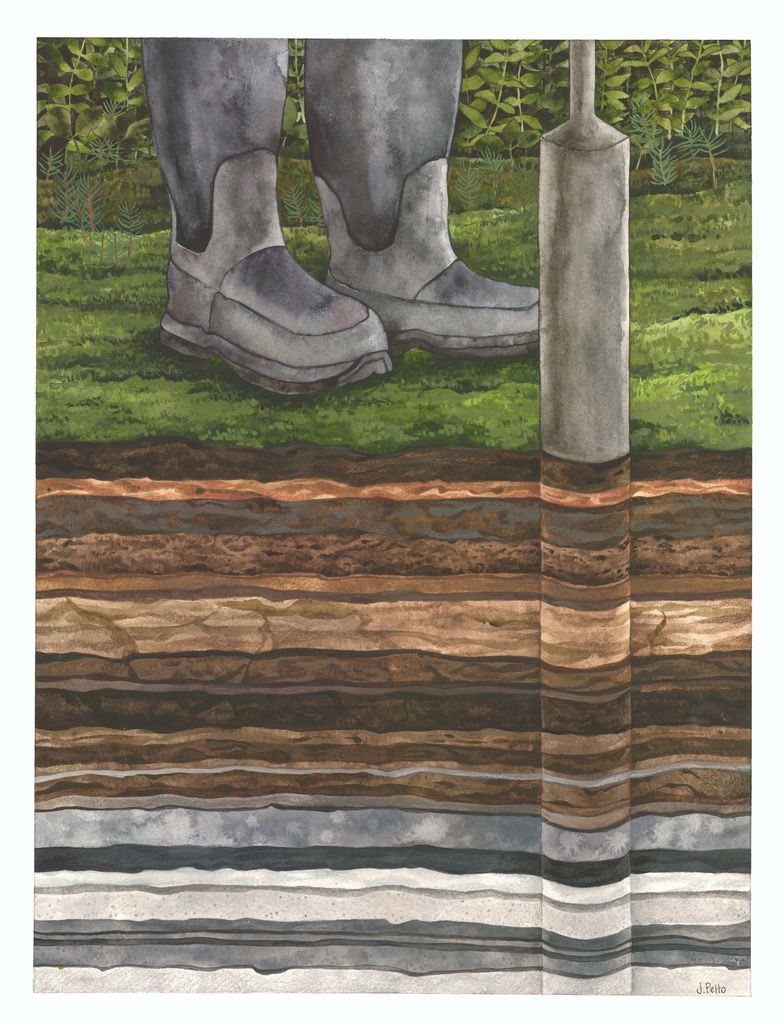
Norway Spruce in Scandinavia: colonisation that started more than 10,000 years ago
Norway spruce is now the most common tree species in Fennoscandia, the part of Europe that includes Finland and the Scandinavian peninsula. Several studies, based on the discovery of fossil spruce pollen in ancient lake sediments, have shown that it took several thousand years for this species to reach Sweden after the last ice age and become the dominant species in Scandinavian forests. According to these analyses, the spruce tree arrived in Sweden from the northeast only 2 000 years ago.
A new study using ancient environmental DNA preserved in the same sediments shows that spruce was present in southern Sweden after the last ice age, around 14,000 years ago. The work, coordinated by the Department of Environmental Biology of Sapienza University of Rome and Uppsala University in Sweden, in collaboration with research groups from European and Japanese universities, has been published in the journal Nature Communications.
Contrary to popular belief, the Norway spruce appears to be one of the first trees to colonise Sweden, although it only managed to spread to a large extent 2,000 years ago. However, what kept the spruce tree around for the next few thousand years is still not entirely clear.
These latest results showed genetic similarity between the groups of solitary spruce trees that now grow and reproduce vegetatively (clones) high on the mountain slopes in central Sweden and those that arrived later from the north-east, demonstrating the role of small surviving local tree populations in the recolonisation of the forests of northern Europe after the last ice age.
"Genetic analysis shows that the Swedish spruce survived very close to the ice cap", says Laura Parducci of Sapienza, corresponding author, "and therefore made several attempts to take over the Scandinavian forests, but only the last expansion was successful."
Forest conservation and restoration studies are important tools to hinder threats caused by habitat fragmentation and climate change. However, to promote forest diversification and resilience, it is first necessary to understand the dynamics of forest response to past climate change. Therefore, the use of ancient DNA to understand the rate at which spruce recolonised Fennoscandia is of great importance for predicting ecological responses to future climate warming.
References:
Norway spruce postglacial recolonization of Fennoscandia - Kevin Nota, Jonatan Klaminder, Pascal Milesi, Richard Bindler, Alessandro Nobile, Tamara van Steijn, Stefan Bertilsson, Brita Svensson, Shun K. Hirota, Ayumi Matsuo, Urban Gunnarsson, Heikki Seppä, Minna M. Väliranta, Barbara Wohlfarth, Yoshihisa Suyama & Laura Parducci - Nature Communications DOI https://doi.org/10.1038/s41467-022-28976-4
Further Information
Laura Parducci
Department of Environmental Biology
laura.parducci@uniroma1.it








